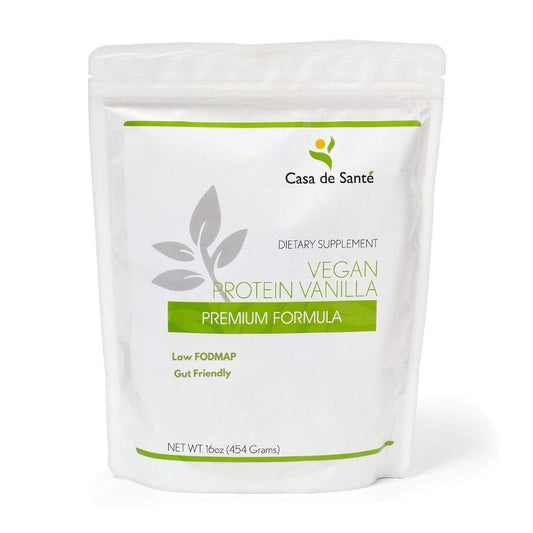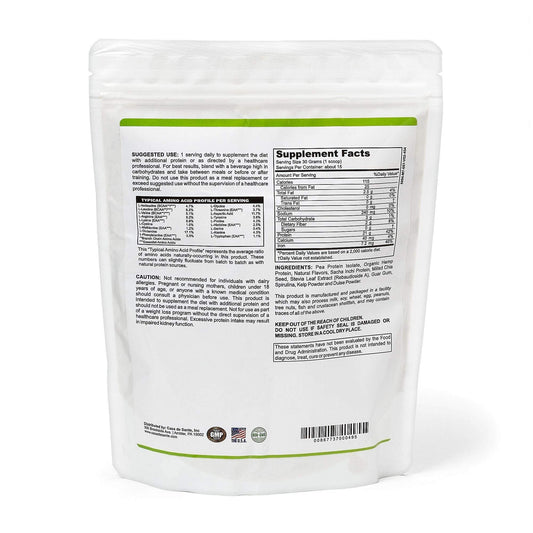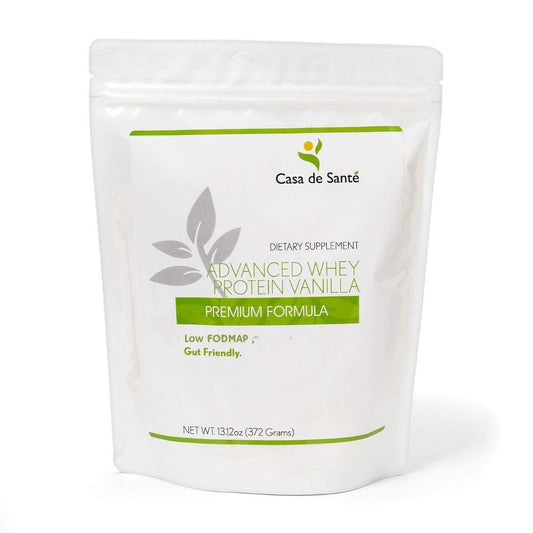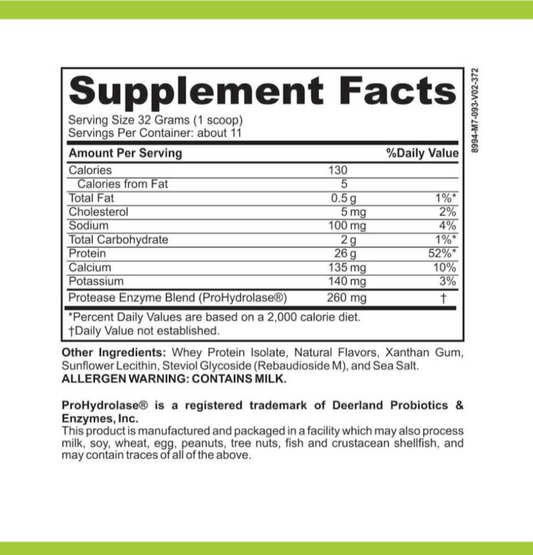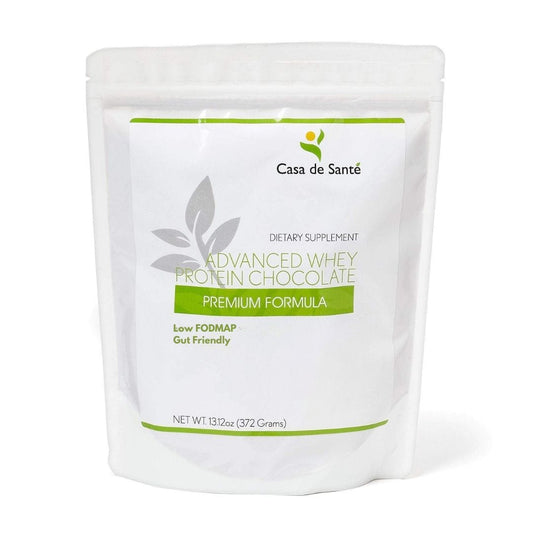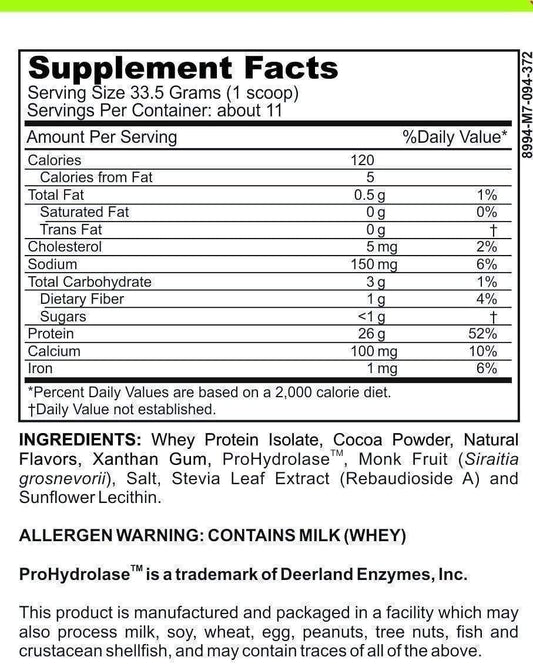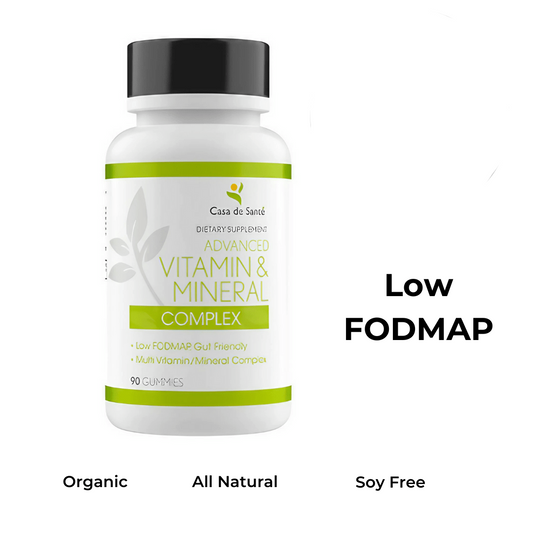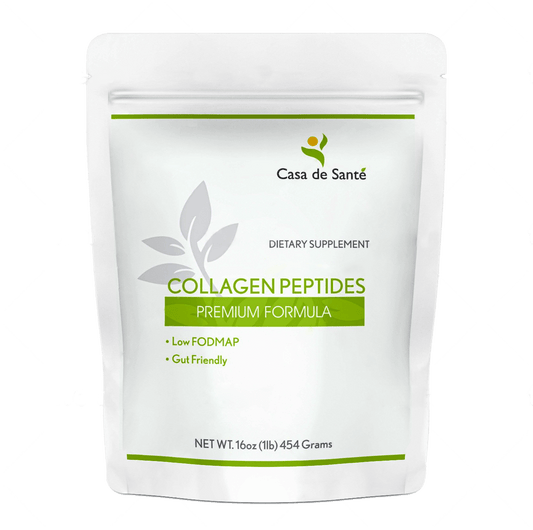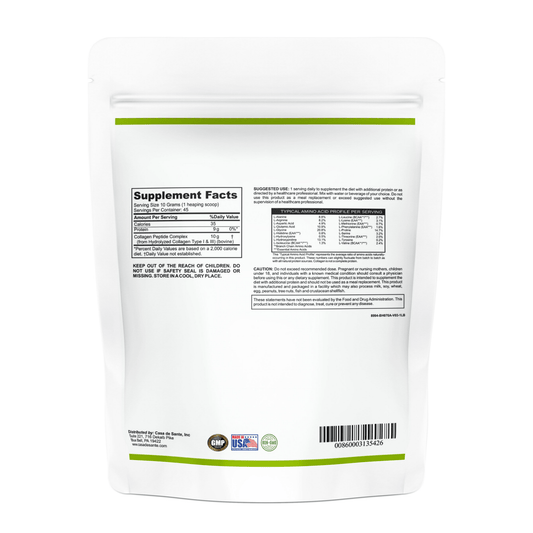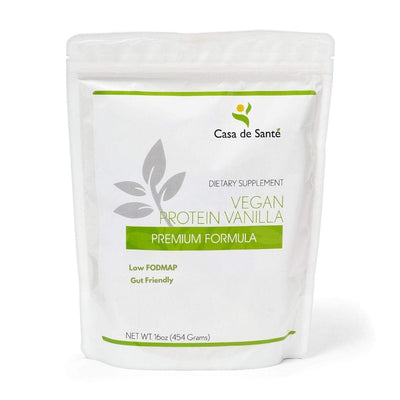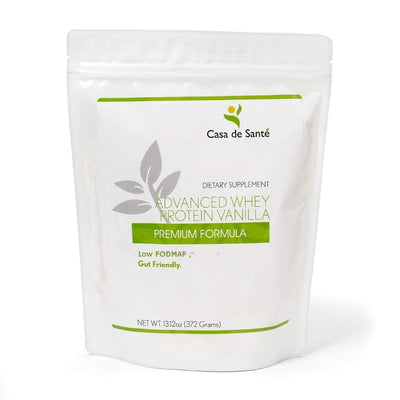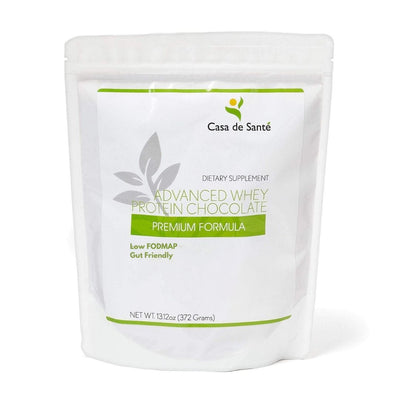Is Whipped Cream Gluten Free
Is Whipped Cream Gluten Free
Whipped cream is a popular and delicious topping that adds a creamy and luxurious touch to desserts and beverages. However, for those with gluten sensitivities or celiac disease, understanding the gluten content of whipped cream becomes crucial. In this article, we will explore the gluten content of whipped cream and its potential effects on individuals with gluten-related conditions.
Understanding Gluten and Its Effects
Gluten, a protein composite found in cereals such as wheat, barley, and rye, plays a crucial role in the culinary world. It is responsible for the elastic texture of dough, giving bread its delightful chewiness and pastries their delicate structure. However, for individuals with gluten sensitivities or celiac disease, consuming gluten can lead to various health issues.
What is Gluten?
Gluten is not just a single protein, but rather a complex mixture of proteins that form when wheat flour is mixed with water. These proteins, known as glutenin and gliadin, give dough its unique stretchiness and allow it to rise during baking. Without gluten, bread would be dense and crumbly, lacking the characteristic texture we all love.
Gluten can be found in a wide range of foods, not just obvious sources like bread and pasta. It can hide in unexpected places, such as sauces, soups, and even some medications. This makes it challenging for individuals with gluten sensitivities or celiac disease to avoid gluten completely.
How Gluten Affects the Body
For those with celiac disease, which is an autoimmune disorder, consuming gluten triggers an immune response that causes damage to the small intestine. This damage can lead to a variety of symptoms, including abdominal pain, diarrhea, fatigue, and even nutrient deficiencies. Over time, if left untreated, celiac disease can have serious long-term consequences for overall health.
Gluten sensitivities, on the other hand, involve an adverse reaction to gluten without causing the same degree of intestinal damage seen in celiac disease. The exact mechanism behind gluten sensitivities is not yet fully understood, but it is believed to involve the immune system and inflammation. Symptoms can vary widely and may include bloating, headaches, joint pain, and brain fog.
It's important to note that gluten sensitivities and celiac disease are different from wheat allergies. While a wheat allergy involves an immune response to proteins found specifically in wheat, gluten sensitivities and celiac disease are reactions to gluten, which is present in wheat as well as other grains.
Living with gluten sensitivities or celiac disease requires careful attention to diet and lifestyle. Fortunately, there are now many gluten-free alternatives available, allowing individuals to enjoy a wide range of delicious foods without compromising their health. However, it's important to always read labels and be aware of hidden sources of gluten to ensure a truly gluten-free diet.
The Basics of Whipped Cream
Whipped cream is a delightful and creamy topping that adds a touch of indulgence to any dessert. Whether it's a slice of pie, a decadent cake, or a steaming cup of hot cocoa, whipped cream is the perfect finishing touch. But have you ever wondered what goes into making this fluffy treat? Let's explore the world of whipped cream and uncover its secrets.
Ingredients in Whipped Cream
Whipped cream typically consists of two main ingredients: heavy cream and a sweetener. The heavy cream, also known as whipping cream, is the key component that gives whipped cream its rich and creamy texture. It is a high-fat dairy product that is derived from the fatty portion of cow's milk.
When it comes to sweetening whipped cream, there are various options to choose from. The most common sweeteners include sugar and vanilla extract. Sugar not only adds sweetness but also helps stabilize the whipped cream, allowing it to hold its shape for a longer period of time. On the other hand, vanilla extract infuses the cream with a delightful aroma and flavor, enhancing the overall taste of the whipped cream.
The Process of Making Whipped Cream
Now that we know the basic ingredients, let's dive into the process of making whipped cream. It all starts with the heavy cream. The cream is poured into a mixing bowl, ready to be transformed into a fluffy and airy delight.
The first step in making whipped cream is to introduce air into the cream. This is typically done using a mixer or by hand with a whisk. As the cream is whipped, air bubbles are incorporated, causing the cream to expand and increase in volume. The more air that is whipped into the cream, the lighter and fluffier it becomes.
As the cream is whipped, it undergoes a fascinating transformation. The fat globules in the cream start to break down, and the proteins within the cream begin to unfold and intertwine. This process creates a network of air bubbles trapped within the cream, giving it the light and airy texture we all love.
Whipped cream is a versatile topping that can be used in a multitude of ways. Its creamy and smooth texture complements a wide range of desserts, including pies, cakes, pastries, and even beverages like hot cocoa or coffee. It adds a touch of elegance and decadence to any sweet treat, making it a favorite among dessert enthusiasts.
Now that we've explored the world of whipped cream, it's time to indulge in its creamy goodness. So, the next time you enjoy a slice of pie or a cup of hot cocoa, don't forget to top it off with a generous dollop of homemade whipped cream. Your taste buds will thank you!
Gluten Content in Dairy Products
Common Dairy Products and Gluten
Dairy products, including milk, cheese, and butter, are naturally gluten free. However, it is essential to be cautious as certain flavored or processed dairy products may contain added ingredients that could potentially contain gluten.
Understanding Lactose and Gluten
It is important to note that lactose intolerance is not the same as gluten intolerance. Lactose is a sugar found in milk, while gluten is a protein found in certain grains. Being lactose intolerant does not necessarily mean being gluten intolerant, although some individuals may have both conditions.
Analyzing Whipped Cream for Gluten
Whipped cream, a delightful and creamy topping that adds a touch of indulgence to desserts, is a favorite among many. However, for those with gluten sensitivities or celiac disease, it is essential to understand whether whipped cream contains any traces of gluten. Let's dive deeper into the world of whipped cream and explore the gluten content in both commercial and homemade varieties.
Commercial Whipped Cream Brands and Gluten
When it comes to commercial whipped cream brands, it is crucial to read the labels and ingredient lists carefully. While the primary ingredients of whipped cream are usually cream and sugar, some brands may add stabilizers or flavorings that could potentially contain gluten. These additives are used to enhance the texture, stability, and taste of the whipped cream.
For individuals who need to follow a gluten-free diet, it is essential to be vigilant and check for gluten-free certifications or labels on the packaging. These certifications indicate that the product has undergone testing and meets the strict standards set for gluten-free products. If the packaging does not provide clear information, contacting the manufacturer directly can provide further assurance and clarity regarding the gluten content.
It is worth noting that some commercial whipped cream brands offer gluten-free options explicitly labeled as such. These options are a great choice for individuals with gluten sensitivities or celiac disease, as they provide peace of mind and allow them to enjoy whipped cream without any concerns.
Homemade Whipped Cream and Gluten
The good news is that homemade whipped cream is typically gluten-free. As long as you use gluten-free ingredients, such as pure heavy cream and a sweetener without any gluten additives, you can enjoy homemade whipped cream without concerns about gluten.
Creating your own whipped cream at home allows you to have complete control over the ingredients used. By using high-quality heavy cream, which is naturally gluten-free, and a sweetener of your choice, you can whip up a delicious and safe gluten-free whipped cream. Common sweeteners used in homemade whipped cream include powdered sugar, granulated sugar, or even natural sweeteners like honey or maple syrup.
It is important to note that cross-contamination can occur if the utensils or equipment used during the preparation process have come into contact with gluten-containing ingredients. To avoid any potential cross-contamination, ensure that all utensils, bowls, and mixers are thoroughly cleaned before use.
Additionally, if you prefer flavored whipped cream, you can add gluten-free extracts, such as vanilla or almond extract, to enhance the taste without introducing any gluten. These extracts are widely available and can be easily incorporated into your homemade whipped cream recipe.
Overall, whether you opt for commercial whipped cream or decide to make your own at home, being mindful of the ingredients and potential sources of gluten is crucial. By making informed choices and taking necessary precautions, you can enjoy the delightful and creamy goodness of whipped cream without compromising your gluten-free lifestyle.
Gluten-Free Alternatives to Whipped Cream
Whipped cream is a popular topping for desserts, adding a creamy and indulgent touch to cakes, pies, and hot beverages. However, for individuals with gluten intolerance or celiac disease, finding gluten-free alternatives to whipped cream can be a challenge. Fortunately, there are several options available that can satisfy your cravings without compromising your dietary needs.
Dairy-Free Whipped Cream Options
For individuals with lactose intolerance or dairy allergies, there are several dairy-free whipped cream alternatives available in the market. These alternatives are typically made from non-dairy bases like coconut milk, almond milk, or soy milk. They can be found in most health food stores and supermarkets.
Coconut milk is a popular choice for dairy-free whipped cream due to its rich and creamy texture. It can be whipped up just like traditional whipped cream and used as a topping for desserts or beverages. Almond milk and soy milk can also be used as substitutes, although they may have a slightly different taste and texture compared to dairy-based whipped cream.
When choosing a dairy-free whipped cream alternative, it is important to check the ingredients list carefully. Some brands may contain gluten or other allergens, so it's crucial to select a product that is specifically labeled as gluten-free.
Other Gluten-Free Dessert Toppings
If whipped cream is not an option or you are looking for alternative gluten-free toppings, there are plenty of delicious options to choose from. Fresh fruits, such as strawberries, blueberries, or sliced bananas, can add a burst of natural sweetness and vibrant colors to your desserts. These fruits can be served as a topping on cakes, ice cream, or even pancakes.
For chocolate lovers, chocolate shavings or grated chocolate can be a decadent and gluten-free alternative to whipped cream. Simply sprinkle the chocolate over your dessert to add a rich and indulgent flavor. You can also drizzle caramel sauce over your favorite treats for a sticky and sweet touch.
If you prefer a lighter option, a dusting of powdered sugar can be a simple yet elegant way to enhance the presentation of your desserts. It adds a touch of sweetness without overpowering the flavors of the dish.
When it comes to gluten-free dessert toppings, the possibilities are endless. From crushed nuts to flavored syrups, there are numerous options to explore and experiment with. Get creative and try different combinations to find your perfect gluten-free dessert topping.
In conclusion, when it comes to whipped cream and gluten, it is essential to be cautious and check the labels carefully, particularly with commercial brands. Homemade whipped cream is typically gluten-free, as long as you use gluten-free ingredients. For those with specific dietary restrictions, there are also dairy-free whipped cream options and a variety of other gluten-free dessert toppings to explore. So go ahead and indulge in your favorite desserts while staying gluten-free!

